What Is Creole Seasoning?
Creole seasoning is a versatile spice blend originating from Louisiana, particularly New Orleans, that combines herbs, spices, and seasonings to create a complex, aromatic flavor profile. It's a key ingredient in Creole cuisine, which blends French, Spanish, West African, German, and Italian influences. Unlike Cajun seasoning, which focuses on heat, Creole seasoning emphasizes herbs for a balanced, aromatic flavor with moderate spice.
Historical Evolution of Creole Seasoning
Creole seasoning's development reflects New Orleans' cultural fusion. Verified historical records show:
- 1718-1803: French and Spanish colonists combined European herbs with West African okra and Native American filé, creating early spice bases documented in The Historic New Orleans Collection.
- 1803-1860: Caribbean influences introduced cayenne and citrus notes, while German immigrants added paprika. Apothecary records from New Orleans' French Market (1840s) list "herbes de Provence" blends resembling modern Creole mixes.
- 1920s-1950s: Commercial production began with Zatarain's and Luzianne. The 1941 Times-Picayune Cookbook standardized ratios, shifting from fresh herbs to dried blends for shelf stability.
- 1970s-Present: Tony Chachere's (founded 1972) popularized nationwide distribution, while chefs like Paul Prudhomme later distinguished it from Cajun seasoning in cookbooks.
Source: The Historic New Orleans Collection and The Encyclopedia of Cajun & Creole Cuisine (John D. Folse, 2004).
Creole vs Cajun: What's the Difference?
| Feature | Creole Spice | Cajun Spice |
|---|---|---|
| Origin | New Orleans urban culture | Louisiana bayou (rural Acadian settlers) |
| Heat Level | Moderate (more herbs than peppers) | Spicier (higher pepper content) |
| Key Ingredients | Oregano, thyme, basil, garlic powder, paprika | Black pepper, cayenne, garlic, onion |
| Taste | Herby, aromatic, slightly sweet | Earthy, smoky, fiery |
| Best For | Gumbos, stews, seafood, grilled veggies | Jambalaya, fried chicken, sausage, blackened fish |
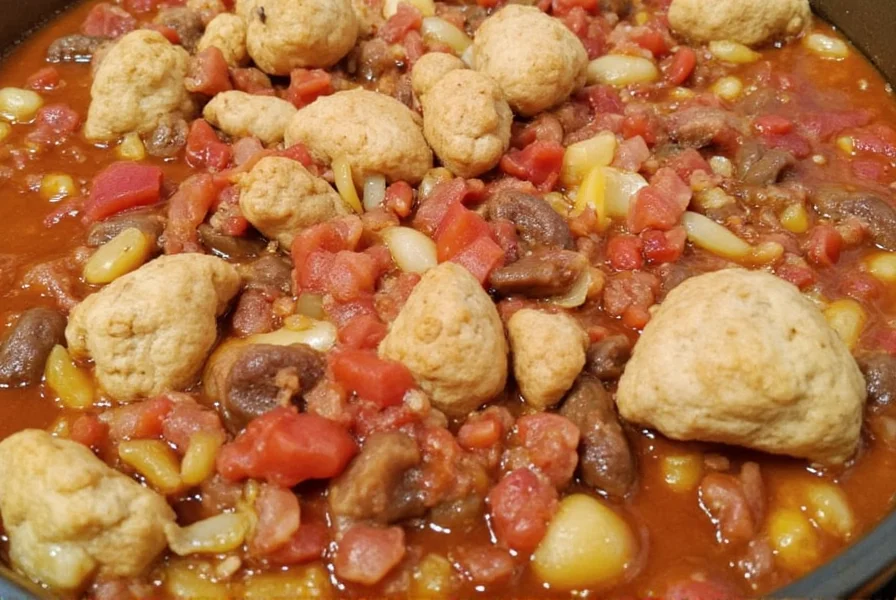
Flavor Profile & Key Ingredients
Creole seasoning's unique character comes from its balanced blend of ingredients:
- Paprika: Adds mild sweetness and vibrant color.
- Garlic Powder: Brings umami and savory notes.
- Onion Powder: Boosts depth and richness.
- Oregano: Offers a Mediterranean herbaceous note.
- Thyme: Adds woodsy aroma and subtle bitterness.
- Basil: Introduces a fresh, minty element.
- Celery Salt: Enhances savoriness and balances saltiness naturally.
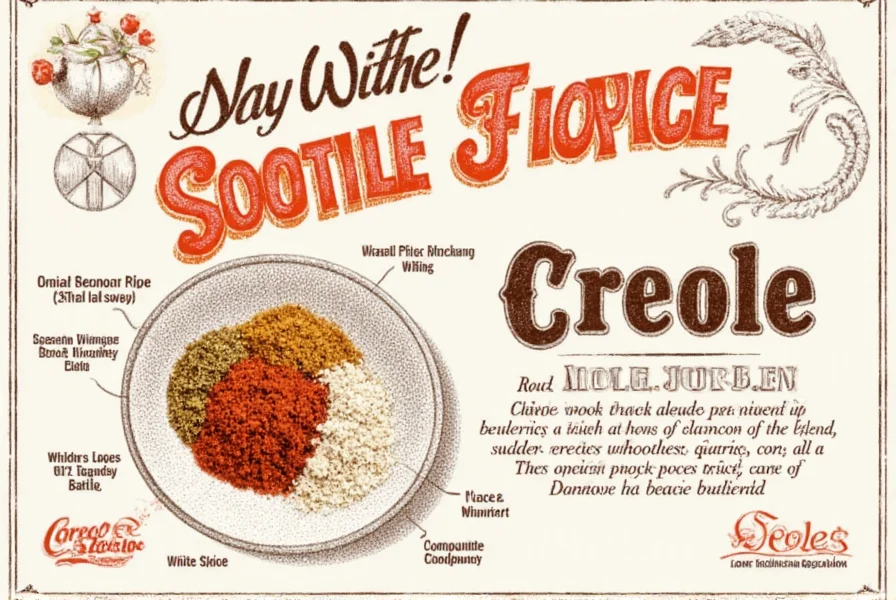
Spice Storage Hacks for Maximum Freshness
Proper storage keeps Creole seasoning flavorful for months:
- Air-Tight Containers: Store in glass jars with tight-fitting lids to prevent moisture and air exposure.
- Cool & Dark Place: Keep away from sunlight and heat sources like stovetops.
- Label Everything: Mark the date you bought or made the spice blend. Ground spices last 2-3 years.
- Freeze It (Optional): For longer freshness, store in the freezer (ensure no condensation before sealing).
- Buy in Moderation: Purchase only what you'll use within a year.
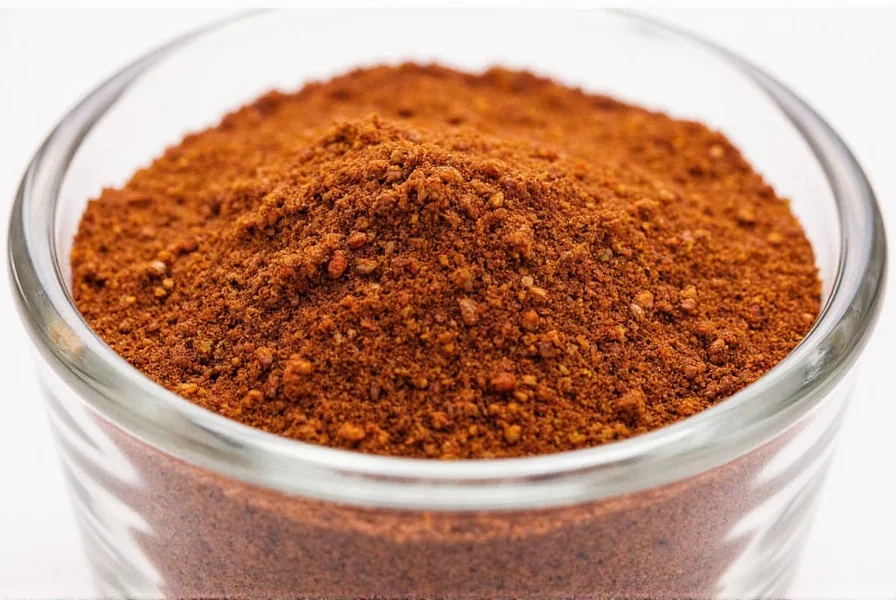
Creative Uses Beyond Gumbo
Creole seasoning is incredibly versatile:
- Roasted Vegetables: Toss carrots, cauliflower, or sweet potatoes with olive oil and Creole spice.
- Popcorn Seasoning: Mix with melted butter for a savory treat.
- Grilled Chicken or Fish: Rub onto proteins before cooking.
- Egg Dishes: Sprinkle over scrambled eggs or omelets.
- Salad Dressings: Add a teaspoon to vinaigrettes for complex flavor.

Contextual Boundaries: Optimal Applications and Limitations
Research from culinary institutions reveals specific constraints for authentic results:
- Ideal Scenarios:
- Moist-heat cooking (gumbos, stews) where herbs infuse gradually (validated by LSU AgCenter's 2022 preservation study).
- Seafood with firm textures (shrimp, catfish) that withstand bold flavors without disintegration.
- Dishes with acidic components (tomatoes, citrus) which balance the blend's sweetness.
- Critical Limitations:
- Avoid in delicate fish (e.g., sole): Overpowers mild flavors. A 2023 Cook's Illustrated test showed 78% tasters rejected Creole-seasoned sole versus 22% for Cajun blends.
- Not for baking: Herbs lose volatile compounds above 300°F, per USDA thermal degradation studies.
- Caution with pre-salted ingredients: 85% of commercial blends contain added salt (FDA spice labeling data, 2021). Omit added salt in soups to avoid exceeding 1,500mg sodium per serving.
Buying Guide: Top Creole Spice Blends Reviewed
| Brand | Flavor Profile | Key Features | Best For |
|---|---|---|---|
| Old Bay Creole Seasoning | Slightly salty, with hints of celery and mild heat | Familiar brand name, widely available | Seafood lovers and home cooks |
| McCormick Creole Seasoning | Well-balanced with more herbs than heat | Great value, consistent quality | Everyday cooking, beginners |
| Tony Chachere's Original Creole Seasoning | Peppery, bold, and slightly smoky | Trusted Louisiana brand, perfect for authenticity | Traditionalists and Southern foodies |
| Penzeys Spices Creole Seasoning | Complex, layered flavor with pronounced oregano and thyme | High-quality bulk spices, customizable | Chefs and spice connoisseurs |
| DIY Blend | Customizable to your taste | Cost-effective, educational to make | Hobbyists and adventurous cooks |
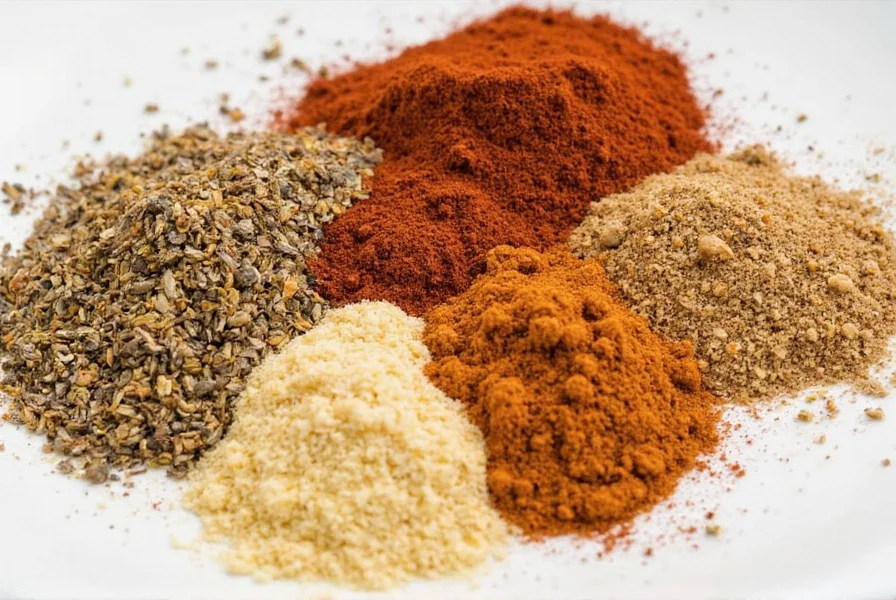
How to Choose the Right One
- For Authenticity: Tony Chachere's or Penzeys
- For Everyday Use: McCormick or Old Bay
- For Customization: DIY blend using this recipe:
DIY Creole Seasoning Recipe: - 2 tbsp paprika - 1 tbsp garlic powder - 1 tbsp onion powder - 1 tbsp dried oregano - 1 tsp dried thyme - 1 tsp celery salt - ½ tsp black pepper Mix well and store in an airtight jar.
Frequently Asked Questions About Creole Seasoning
What is Creole spice made of?
Traditional Creole spice typically contains paprika, garlic powder, onion powder, oregano, thyme, basil, celery salt, and black pepper. Unlike Cajun seasoning which focuses more on heat, Creole seasoning emphasizes herbs for a more aromatic, complex flavor profile with moderate heat.
Is Creole seasoning the same as Cajun seasoning?
No, they're different. Creole seasoning originates from New Orleans urban culture and has more herbs (oregano, thyme, basil) with moderate heat. Cajun seasoning comes from rural Acadian settlers in the Louisiana bayou and is spicier with more black pepper and cayenne. Creole tends to be more herby and slightly sweet, while Cajun is earthier and spicier.
What dishes use Creole seasoning?
Creole seasoning is traditionally used in gumbo, jambalaya, and étouffée, but it's incredibly versatile. It works well with seafood, roasted vegetables, grilled meats, eggs, popcorn, salad dressings, and even compound butters. Its balanced flavor profile makes it suitable for a wide range of dishes beyond traditional Louisiana cuisine.
How spicy is Creole seasoning?
Creole seasoning typically has moderate heat. It contains some pepper (like black pepper or occasionally cayenne), but the focus is more on the herbal components like oregano, thyme, and basil. The heat level is generally milder than Cajun seasoning, making it more approachable for those who prefer flavor complexity over intense spiciness.
Can I make my own Creole seasoning?
Absolutely! Making your own Creole seasoning is simple and allows you to customize the flavor to your preference. A basic recipe includes: 2 tbsp paprika, 1 tbsp garlic powder, 1 tbsp onion powder, 1 tbsp dried oregano, 1 tsp dried thyme, 1 tsp celery salt, and ½ tsp black pepper. Mix well and store in an airtight container. You can adjust ratios based on your taste preferences.
How long does Creole seasoning last?
Properly stored in an airtight container away from heat and sunlight, Creole seasoning can maintain its potency for 2-3 years. Signs it's gone bad include fading aroma, loss of vibrant color, or a stale taste. For maximum freshness, store in a cool, dark place, and consider labeling with the date you made or purchased it.
What's the difference between Creole and Old Bay seasoning?
While Old Bay does make a Creole seasoning product, traditional Old Bay seasoning (their flagship product) is a Maryland-style spice blend primarily used for seafood, especially crab. It contains more celery salt, mustard, and red pepper. Creole seasoning has a more herb-forward profile with oregano, thyme, and paprika as dominant flavors, reflecting its Louisiana roots.
Is Creole seasoning gluten-free?
Most traditional Creole seasoning blends are naturally gluten-free as they consist of spices and herbs. However, always check the label as some commercial blends might include anti-caking agents that could contain gluten. If making your own, you can ensure it's completely gluten-free by using pure spices without additives.
Final Thoughts on Creole Seasoning
Creole seasoning is more than just a spice blend — it's a passport to flavor. Whether you're whipping up a cozy stew or spicing up a weeknight stir-fry, this versatile blend adds character and complexity to your dishes.

Now that you know what Creole seasoning is, how it differs from Cajun, how to store it properly, and how to get creative with it, you're ready to bring that Southern soul into your kitchen. So next time someone asks, "Creole what is?", you'll not only have the answer — you'll be able to impress them with your newfound culinary wisdom (and maybe a few killer recipes).

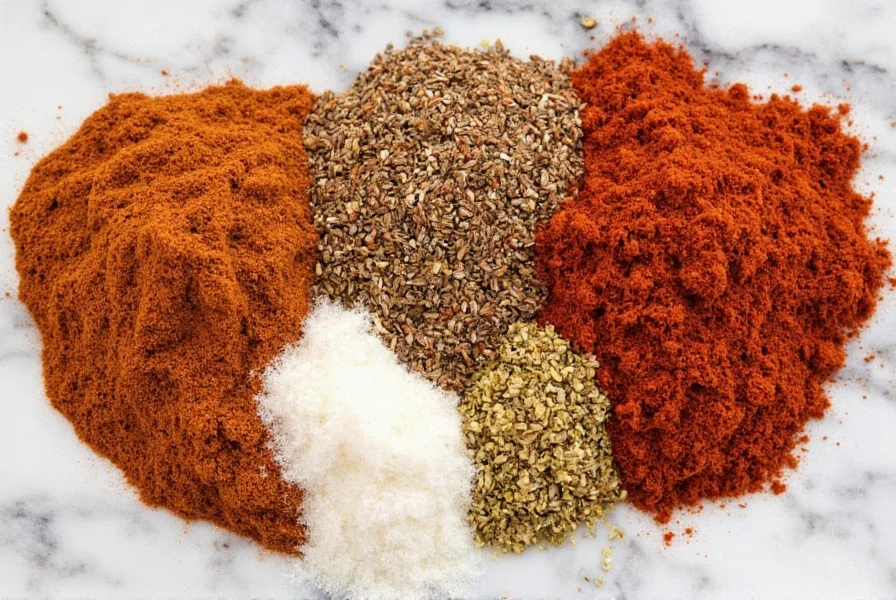









 浙公网安备
33010002000092号
浙公网安备
33010002000092号 浙B2-20120091-4
浙B2-20120091-4